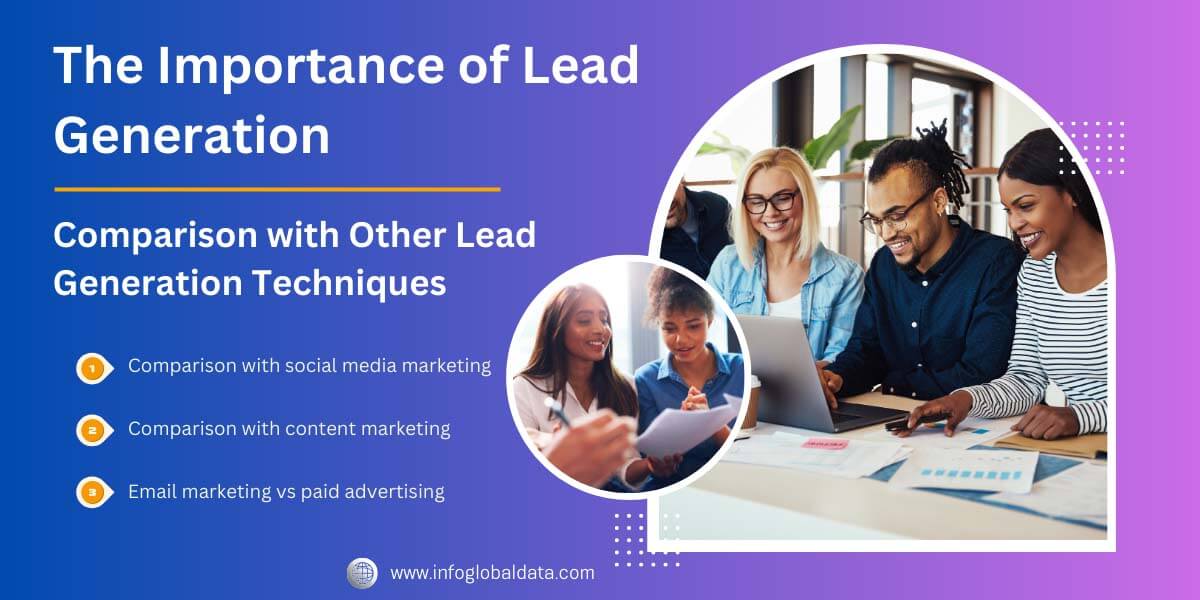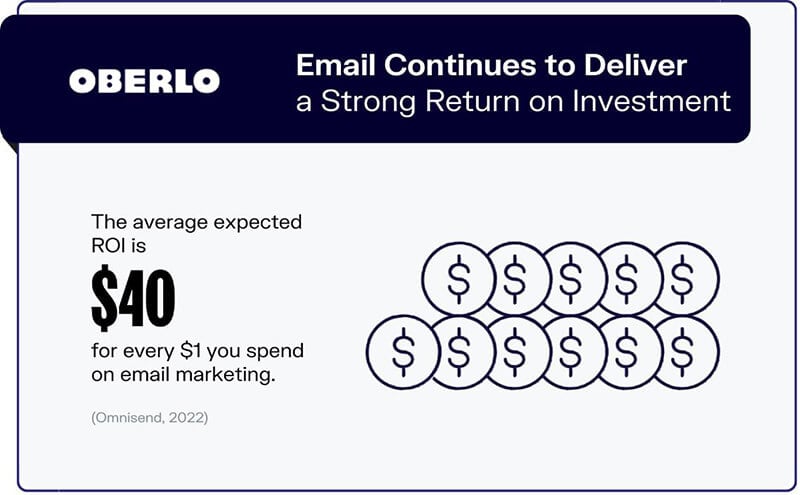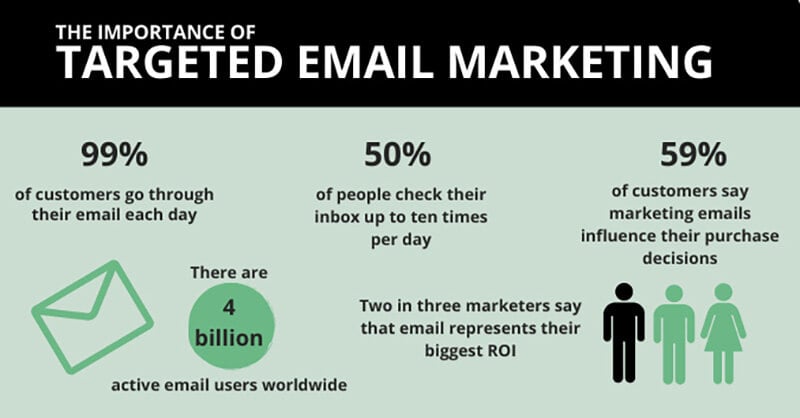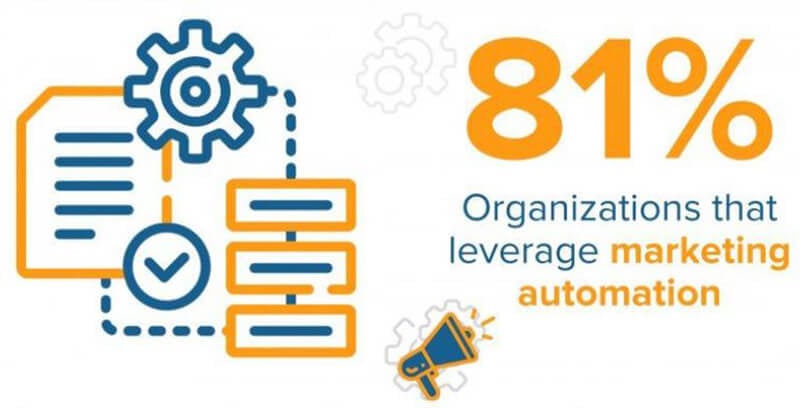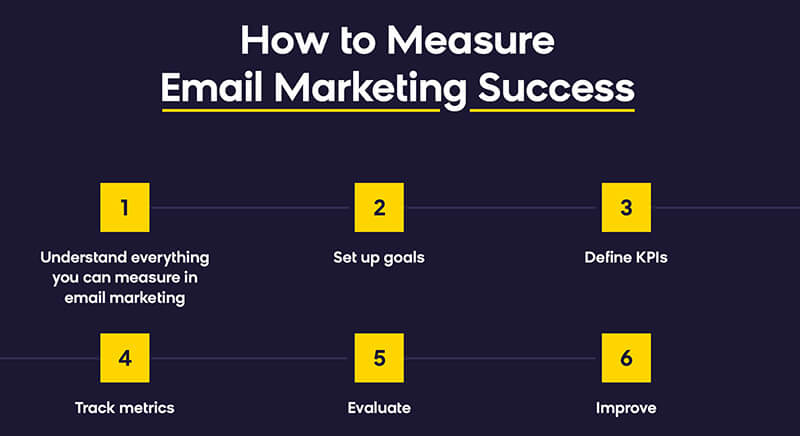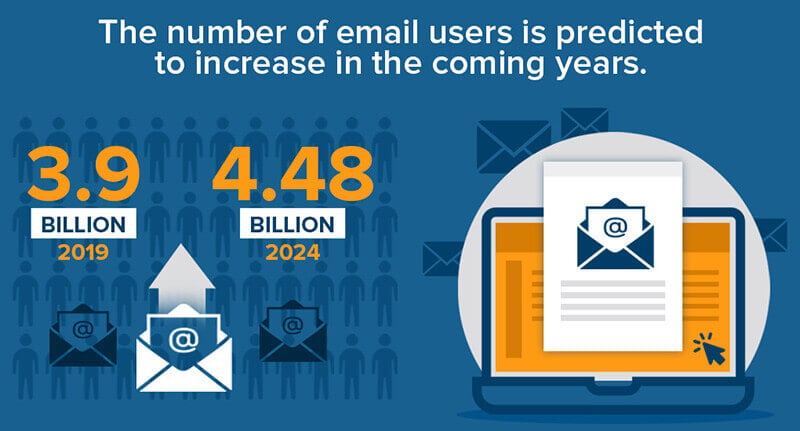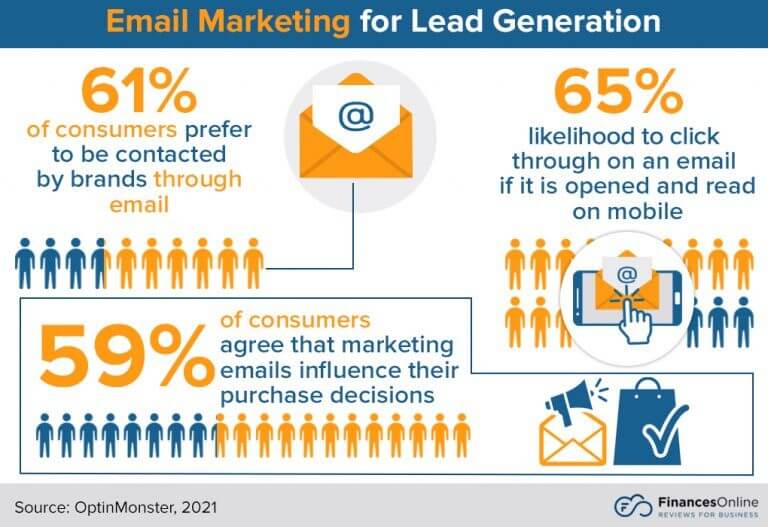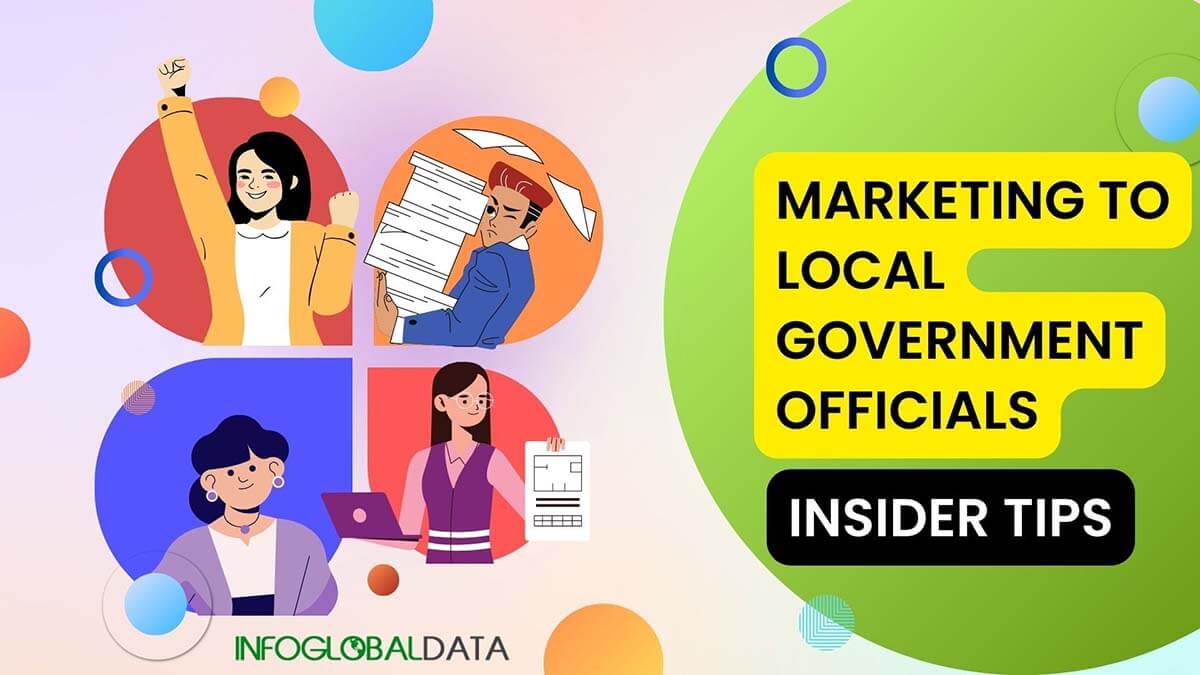Best Practices for Successful Email Lead Generation
1. Building a Quality Email List : Focus on building an organic email list by offering valuable incentives such as exclusive content, discounts, or newsletters. Implementing double opt-in processes ensures that subscribers are genuinely interested in receiving your emails, resulting in a higher-quality list. Professional marketers have already witnessed a 760% increase in revenue from building email lists. Create yours immediately!
2. Crafting Compelling and Targeted Content : Create personalized and relevant content that meets the needs and interests of your subscribers. Segment your email list based on demographics, preferences, or behavior to tailor content specifically to each segment. Use attention-grabbing subject lines, concise and engaging copy, and compelling calls to action to drive higher open rates, click-through rates, and conversions. You’d be surprised to know that 72% of marketers say personalized messaging is the most used form of email strategy.
3. Optimizing Email Design and Layout : Pay attention to the design and layout of your emails to ensure they are visually appealing, mobile-friendly, and easy to navigate. According to statistics, a majority of email views come from mobile devices, which is 41%. So try to create a clean and professional design that incorporates your brand elements with optimized images and graphics for faster loading. Ensure to organize your content with clear headings, subheadings, and bullet points to improve readability and guide the reader's attention.
4. Testing, Tracking, and Analyzing Campaign Performance : Did you know that 93% of US companies do A/B testing on their email marketing campaigns? Continuously testing different elements of your email campaigns, such as subject lines, content, and CTAs, enable you to identify what resonates best with your audience. Tracking key metrics like open rates, click-through rates, and conversion rates helps evaluate the effectiveness of your campaigns. Analyze the data to gain insights and make data-driven decisions for optimizing future email campaigns.
5. Provide Incentives : One smart approach to lead generation is to leverage your existing customers to generate leads for your business. This can be achieved by incentivizing your subscribers to refer their friends or contacts to your brand. By offering exciting rewards or incentives for successful referrals, such as discounts, exclusive access, or bonus content, you can motivate your customers to actively promote your brand to their network. In fact, according to a study between Google and Boston Consulting Group shows that 90% of customers will share their email addresses for a small incentive, such as a discount.
Wrap-Up
In today's competitive landscape, incorporating email marketing into the overall marketing strategy is a smart and strategic decision. Its cost-effectiveness, direct communication, data-driven insights, and ability to foster customer loyalty make it a valuable asset for businesses aiming to succeed in the digital marketplace. So, embrace the power of email marketing and leverage its benefits to propel your business forward.
